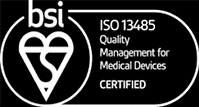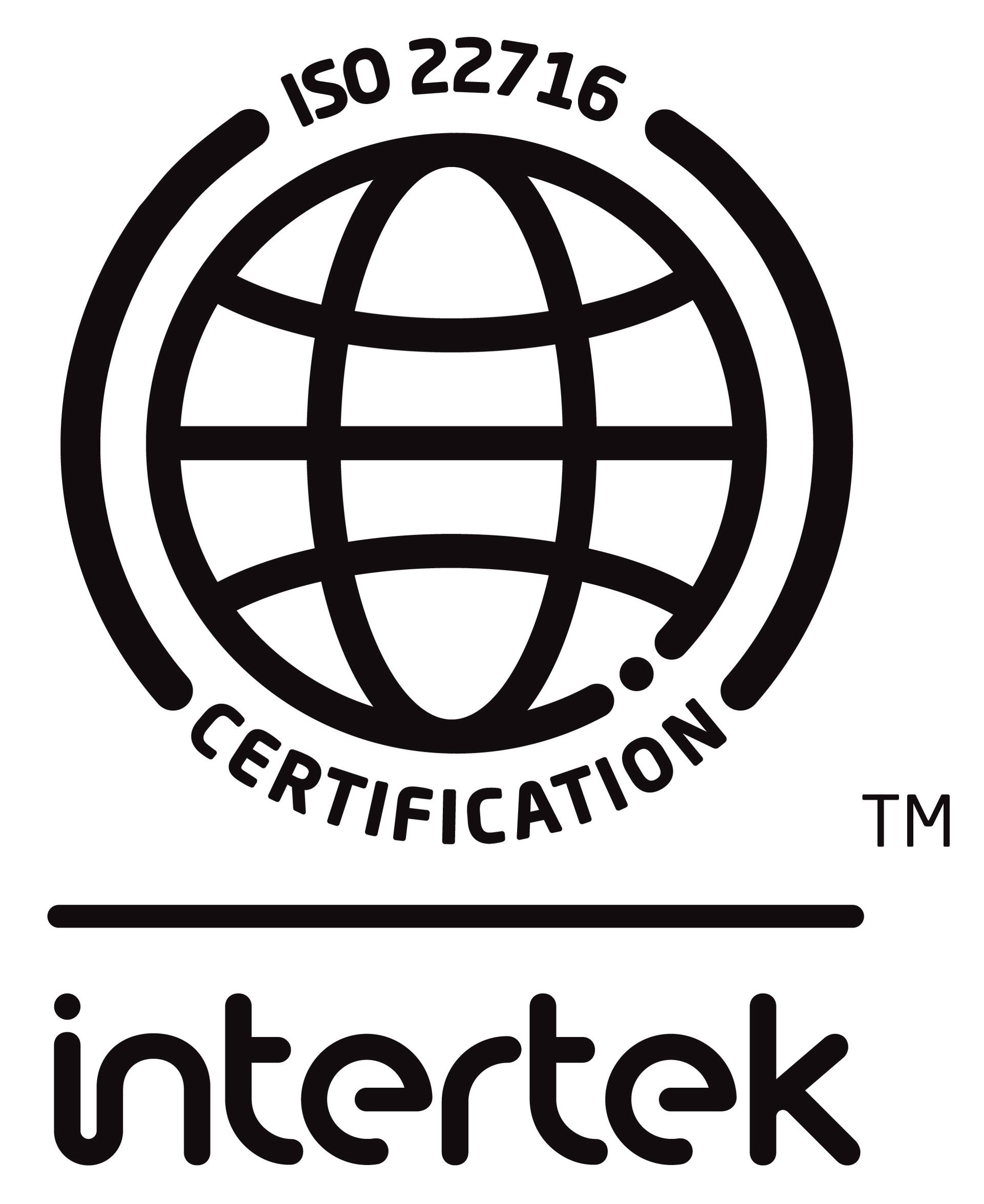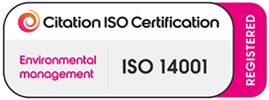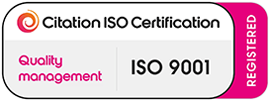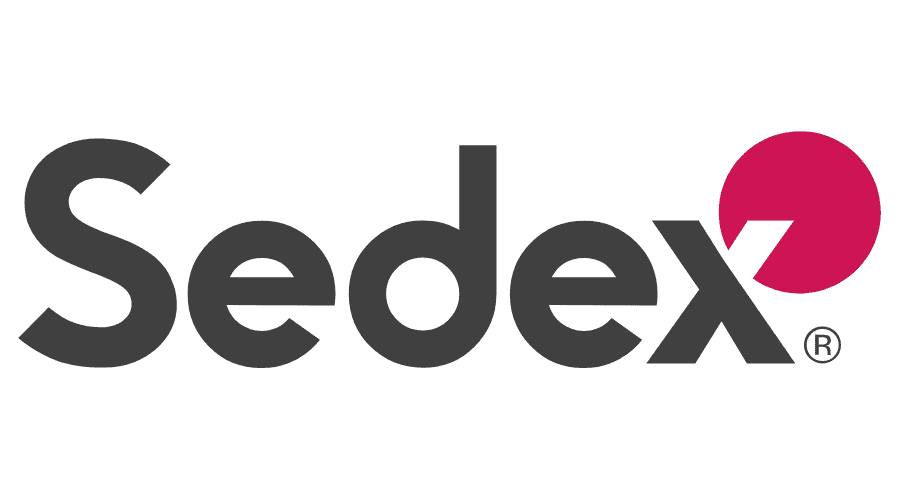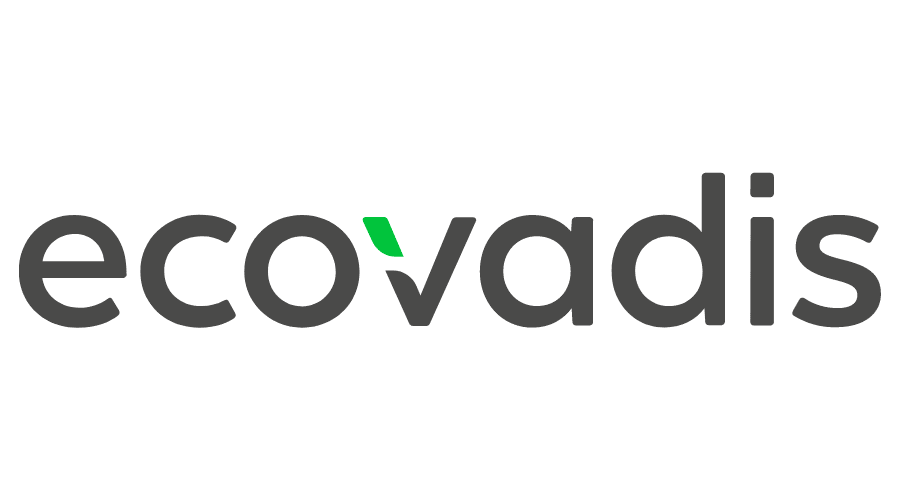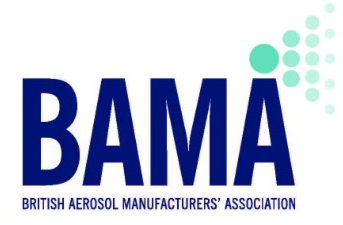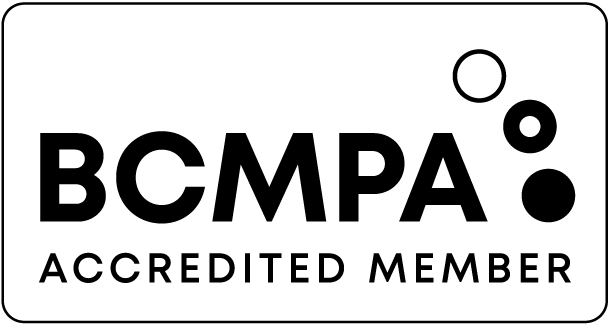Why Counterfeit Protection in Aerosols Matters
The global rise in counterfeit aerosol products is a growing concern for both manufacturers and consumers. Counterfeiters mimic legitimate packaging, tamper with valves, or refill used containers to pass off fake products. The consequences? Compromised product safety, brand reputational damage, and potential legal liabilities. From personal care sprays to air fresheners and industrial aerosols, no sector is immune.
In a market where quality, safety, and trust are paramount, brands must invest in tamper-evident and anti-fraud packaging technologies. Hydrokem works closely with clients to ensure aerosol products are secure from production through to end-use—protecting both brand integrity and consumer safety.
Common Counterfeiting Methods in Aerosol Products
Counterfeiters use a variety of techniques to deceive consumers and infiltrate the supply chain:
- Imitation packaging that closely mimics original branding and labelling.
- Valve tampering or unauthorised refilling of genuine containers.
- Grey market reselling of outdated, off-spec, or regionally restricted products.
- Barcode or batch number manipulation to obscure a product’s origin.
Understanding these tactics is key to building defence mechanisms into packaging design, traceability systems, and filling protocols.
Tamper-Evident Features: First Line of Defence
The first and most visible layer of protection is tamper-evident packaging. These mechanisms signal to the consumer whether a product has been previously opened, damaged, or altered. Common options include:
- Crimped over-caps or actuators that deform when removed.
- Shrink bands that must be torn to open.
- Breakable closures or seals that provide visual evidence of tampering.
- Valve distortion indicators showing if a can has been accessed.
- Heat-activated or colour-changing labels that trigger when the product has been mishandled.
Hydrokem supports clients in selecting and testing these features across various packaging formats. Each system is tailored to the product’s risk level, usage environment, and regional compliance standards.
Advanced Anti-Fraud Technologies
As counterfeiters grow more sophisticated, brands must stay ahead with smart packaging innovations:
- 2D Data Matrix barcodes: Allow for high-volume batch tracking and scanning at multiple supply chain checkpoints.
- Laser coding & micro-engraving: Permanent, non-removable markings placed directly on the can or valve during filling. Learn more on Hydrokem’s ISO Accreditations, Laser Coding & 2D Traceability page.
- Invisible UV inks: Authenticate a product using specialised light readers.
- Tamper-resistant pressure valves: Prevent unregulated refilling of used containers.
- Smart serialisation: Unique, traceable codes for each unit linking to cloud-based authenticity platforms.
These technologies serve dual purposes: deterring counterfeiters and offering traceability in the event of recalls or quality investigations.
Smart Aerosols & Anti-Counterfeiting
Hydrokem integrates digital traceability into aerosol packaging through its Smart & IoT-enabled Aerosols capabilities.
With technologies like QR or NFC-enabled labels:
- Consumers can verify authenticity using smartphones.
- Brands can track product journeys in real time.
- Data on usage patterns, distribution, and location history is collected for continuous improvement.
These smart solutions are especially valuable for high-value products in the cosmetic, healthcare, and industrial sectors.
Regulatory & Industry Standards
Counterfeit prevention isn’t just good practice—it’s a regulatory requirement in many jurisdictions:
- UK Trading Standards: Enforce action against fake or misleading products.
- EU Falsified Medicines Directive: Requires serialisation and tamper-evidence for medicinal aerosols.
- CLP/GHS labelling: Obligates hazard warnings and traceable supplier info.
- ATEX & DSEAR regulations: Govern safe manufacturing in explosive atmospheres, preventing vulnerabilities during filling.
Hydrokem ensures full compliance with both UK and international anti-fraud guidelines, helping brands protect themselves legally and reputationally.
Hydrokem’s Role in Securing Your Aerosol Supply Chain
Hydrokem offers a multi-layered anti-counterfeit solution:
- On-site laser coding and 2D serialisation capabilities
- Support for secure shrink banding, tamper seals, and specialist actuators
- Internal traceability across batches and fill lines
- Packaging audits and third-party validation recommendations
We understand the growing threat of counterfeit products and work directly with clients to implement proactive safeguards into every aspect of their packaging and production lifecycle. We also assist with market-specific adaptations to ensure local compliance.
Visit our Lifecycle of a Private-Label Aerosol page for a step-by-step overview of our integrated approach.
FAQs about Aerosol Counterfeit Prevention
How do counterfeit aerosols pose a risk to my brand?
Counterfeit aerosols are not only an economic threat but also a significant brand and consumer safety issue. Fake products may contain unregulated or harmful ingredients, incorrect dosage levels, or defective packaging components—all of which can lead to adverse user experiences or even legal action.
From a brand perspective, even a small number of counterfeit incidents can erode consumer trust built over years. Online reviews, regulatory complaints, or social media backlash can damage your reputation in a matter of days. There’s also the operational burden of managing recalls, replacements, and PR fallout. Retailers may hesitate to stock your product again if their inventory has been infiltrated by lookalike items.
Moreover, fake aerosols often bypass standard testing and compliance procedures, leading to environmental and legal infractions that may be wrongly attributed to your company. For these reasons, counterfeit prevention is not optional—it’s critical. Implementing tamper-evident features and traceable packaging ensures your customers can trust what they’re buying and using.
What are the most effective tamper-evident packaging methods for aerosols?
The most effective tamper-evident methods combine physical resistance with visual cues that clearly signal interference. Examples include:
Shrink bands: Applied over the cap and neck of the can, these are torn when opened and cannot be resealed discreetly.
Breakable actuators or crimped caps: These distort or snap when removed, preventing reuse.
Valve seal indicators: Some valves include colour-changing or shape-deforming features once activated.
Tamper-proof seals or foils: Particularly useful in pharmaceutical aerosols, they prevent contact with the internal contents.
Hydrokem can integrate these elements during production without major cost impact. Our filling lines are compatible with multiple seal and over-cap technologies, and our design support ensures packaging remains user-friendly while still offering protection. Importantly, these methods can be tailored based on market risk—products for global distribution may require more robust sealing than local-use lines.
Can traceable barcodes or QR codes prevent aerosol fraud?
Yes, traceable barcodes and QR codes are powerful tools in the fight against aerosol fraud. 2D Data Matrix codes can store far more information than traditional 1D barcodes, including batch numbers, manufacturing dates, and even destination markets. When scanned by distributors, retailers, or consumers, these codes help confirm product authenticity instantly.
QR codes also enable interactive verification—linking directly to a cloud-based database or product verification site. Hydrokem’s systems support the application of both visible and covert codes during the filling and packaging process, ensuring they’re tamper-proof and fully integrated with your traceability infrastructure.
In cases of product returns, recalls, or market complaints, traceable codes make it possible to isolate affected batches quickly. They also allow brands to monitor grey market activity—spotting when products appear in unapproved territories. Combined with laser coding and tamper-evident design, traceable codes form a complete anti-fraud ecosystem.
What regulations apply to anti-counterfeit aerosol packaging?
Several regulations govern the authenticity and safety of aerosol packaging, particularly in the UK and EU. For healthcare-related aerosols, the EU Falsified Medicines Directive mandates tamper-evidence and serialisation for all prescription products. Consumer goods must comply with Trading Standards in the UK, which oversee labelling accuracy and product safety.
In terms of labelling, the CLP Regulation (Classification, Labelling and Packaging) and the globally harmonised GHS system require hazard symbols, supplier information, and batch traceability. For technical or industrial aerosols, compliance with ATEX and DSEAR ensures safe filling and packaging in explosive environments, reducing the risk of substitution or valve tampering during manufacturing.
Hydrokem stays up to date with all of these regulations and advises clients during the packaging design and production process. We can help build systems that are not only compliant, but also proactively secure against counterfeit threats.
How does Hydrokem support aerosol brands with anti-fraud packaging?
Hydrokem offers a holistic, end-to-end approach to anti-fraud packaging. We begin with risk profiling—understanding your product type, distribution model, and target markets. Based on this, we recommend a mix of tamper-evident features (such as shrink bands, break seals, or smart actuators) combined with traceability elements like laser-coded batch data or 2D Data Matrix codes.
Our filling and packaging lines can integrate these elements seamlessly during production. We also support artwork design to incorporate verification markings, and we liaise with trusted packaging suppliers who offer security-embedded components like UV-reactive inks or tamper-resistant caps. For clients using IoT-linked verification systems, we enable QR/NFC coding directly onto cans or labels.
Most importantly, our team provides regulatory guidance to ensure your packaging meets anti-counterfeit laws and consumer protection standards across the UK, EU, and beyond. Whether you're launching a new product or upgrading existing lines, Hydrokem ensures your aerosols remain trusted and traceable.

